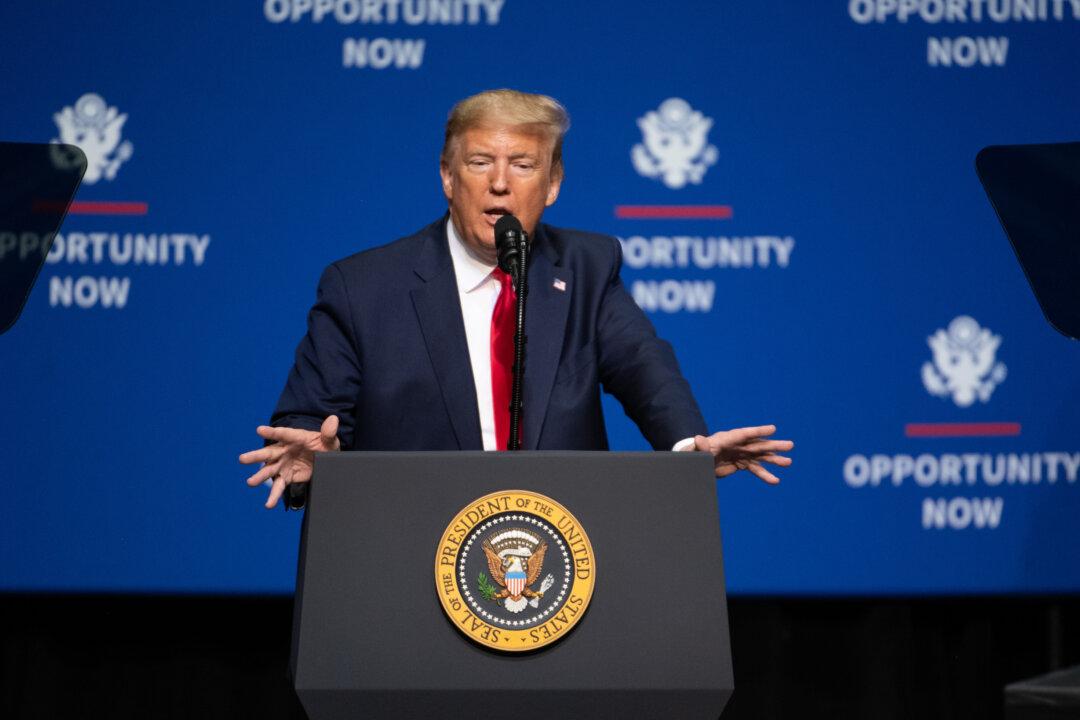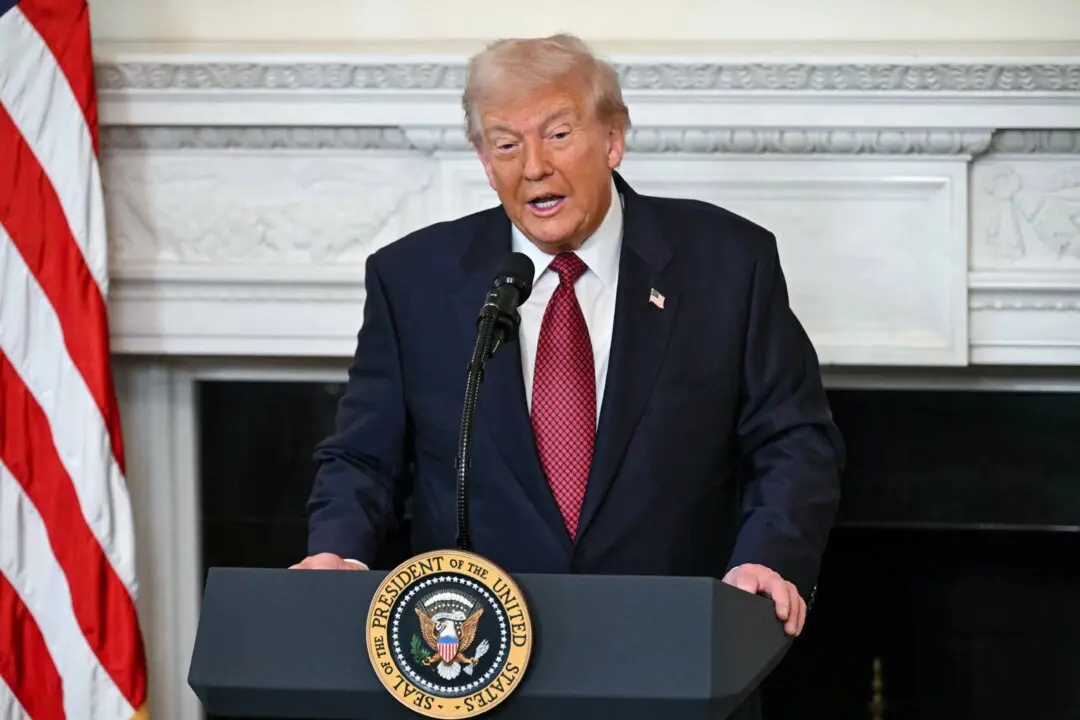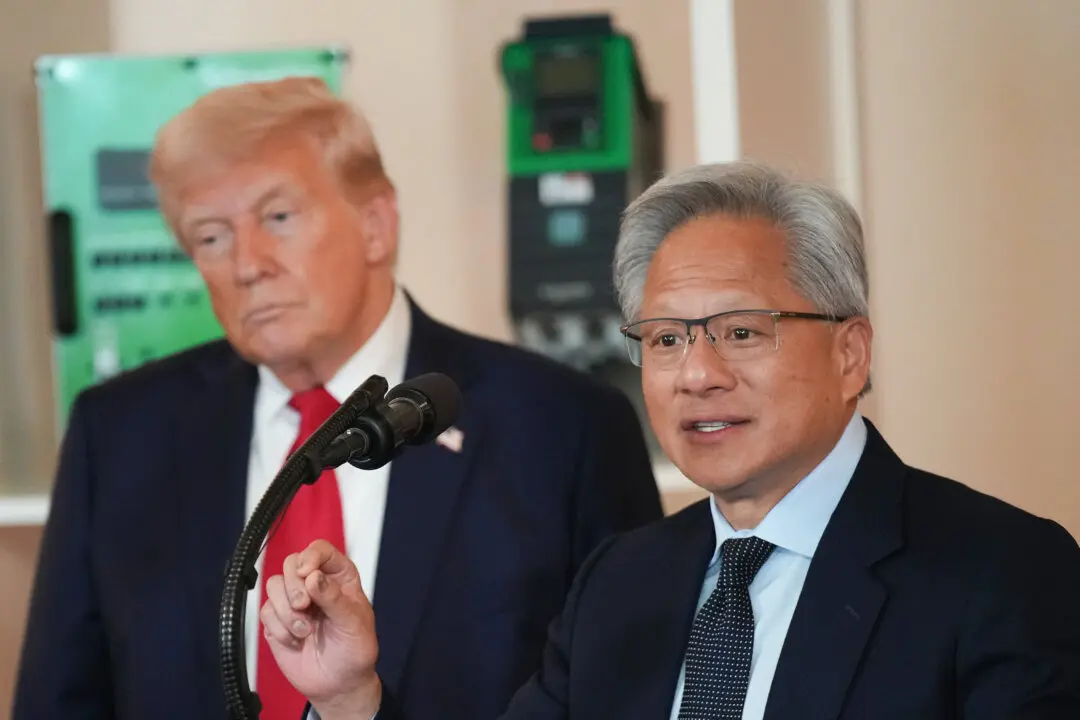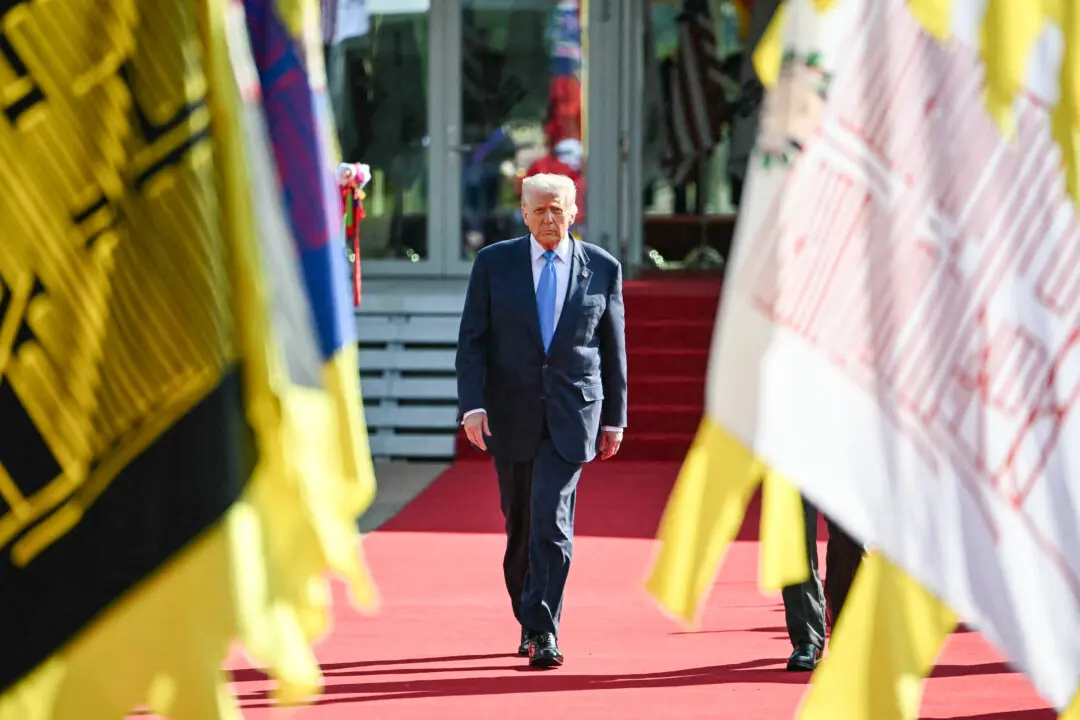WASHINGTON—President Donald Trump’s fourth budget resolution, which will be released Feb. 10, calls for substantial reductions to both discretionary and mandatory spending. The proposal includes deep budget cuts in foreign aid and environmental programs.
This year’s proposal, titled “A Budget for America’s Future,” includes $4.4 trillion in spending cuts over 10 years, according to a summary sheet provided to The Epoch Times.





